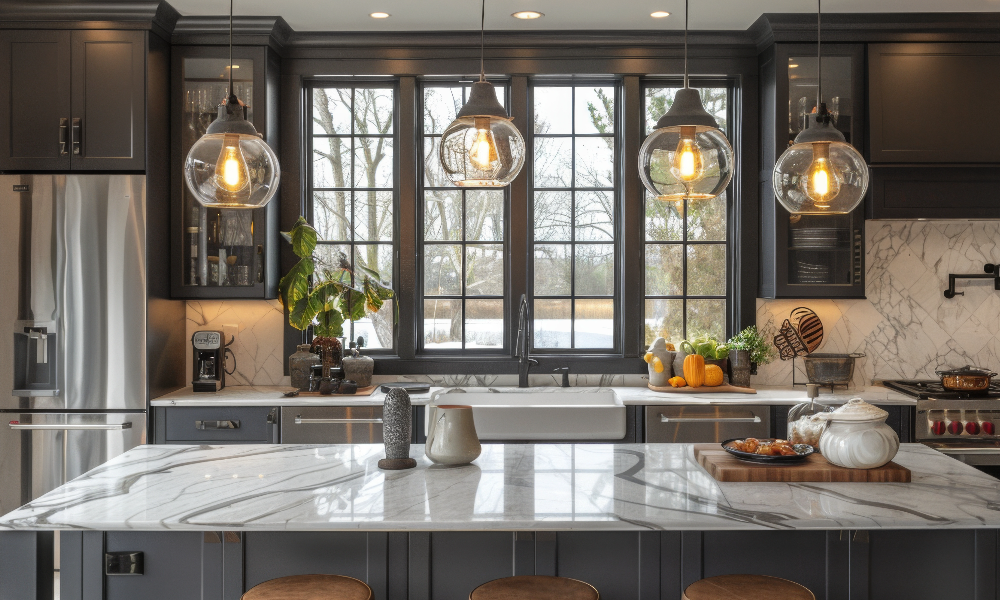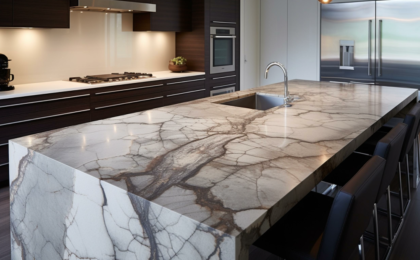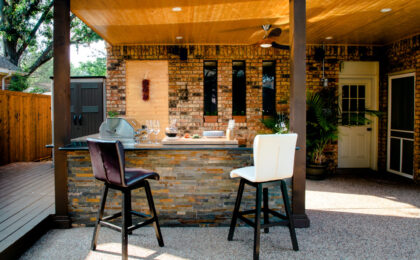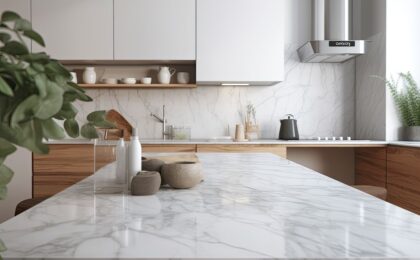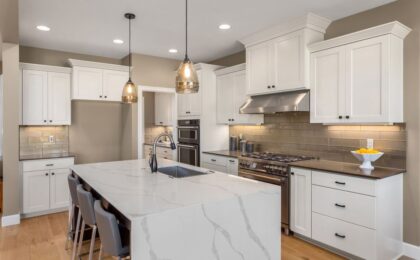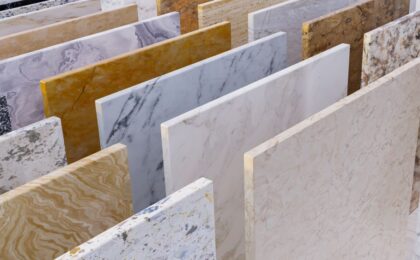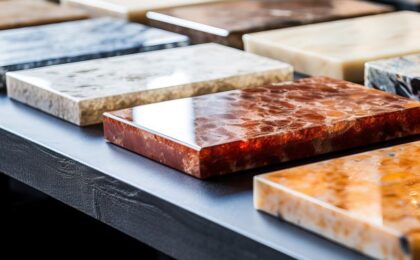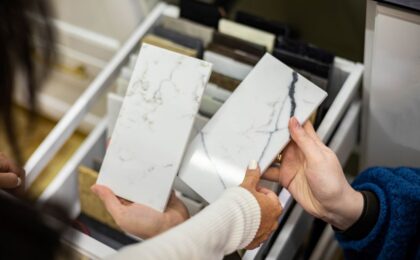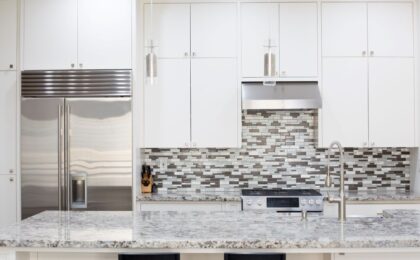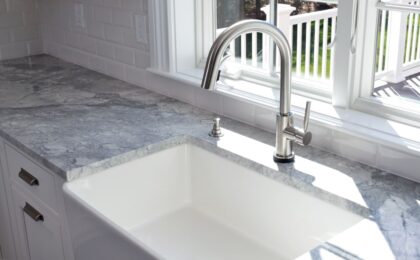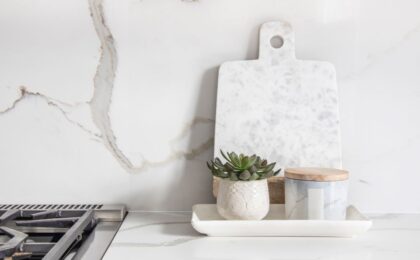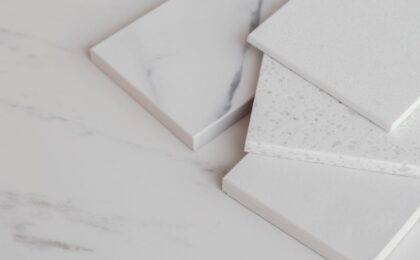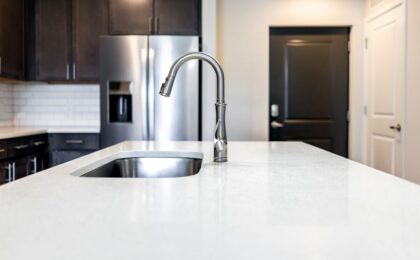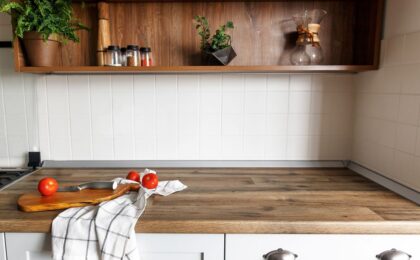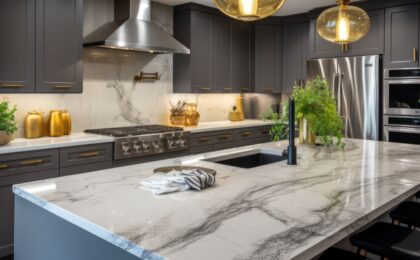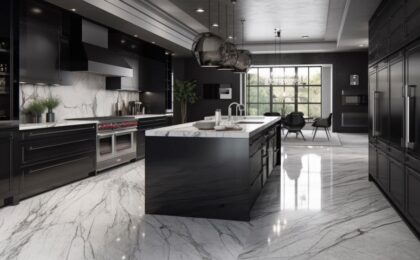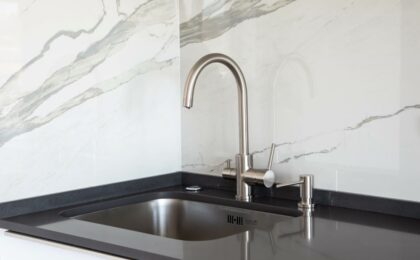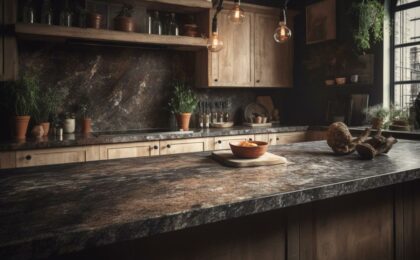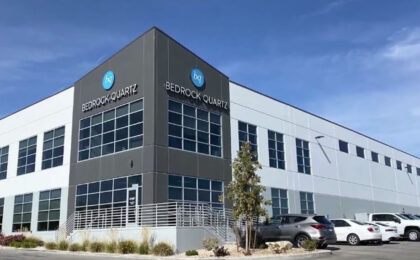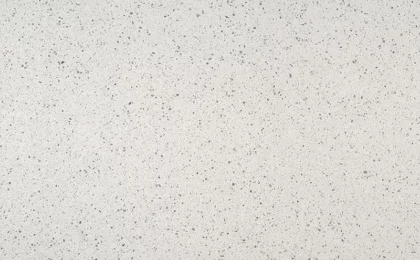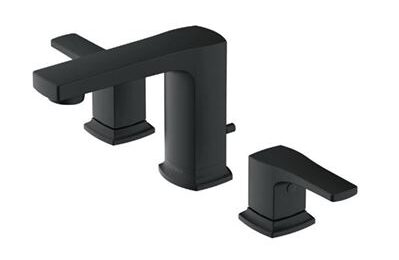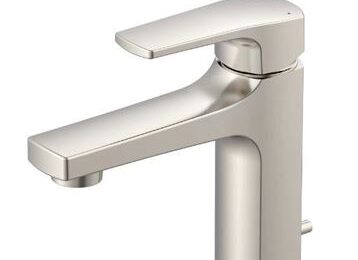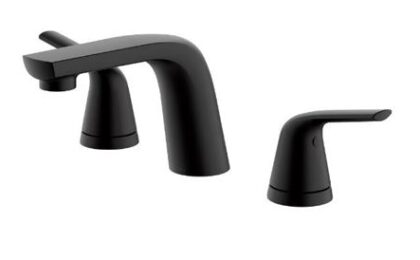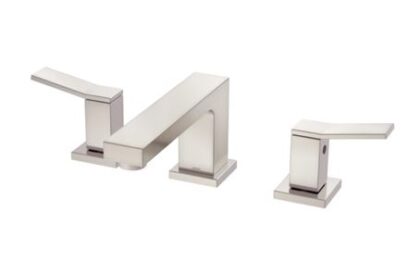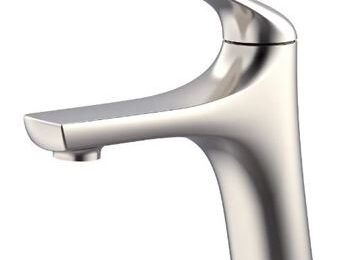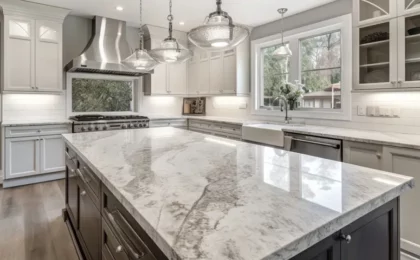Kitchen design trends come and go. You know first-hand if you were part of the modern farmhouse craze of the 2010s and early 20s. These days, one of the hottest trends in kitchen design is the matte finish for granite countertops. It is just something people want right now.
Achieving a matte finish is not necessarily difficult. It is just a matter of employing a different polishing process. The important thing to remember is that there is a significant difference between polished granite and granite with a matte finish – otherwise known as honed granite.
More About Polished Granite
The primary difference between polished and honed granite is the gloss and shine of the finished surface. Polished granite is so named because its finish is highly reflective. It is a high gloss-finish achieved by buffing the stone until it reflects light like a mirror.
One of the advantages of polished granite is that its colors and contrasts are more vibrant. A highly polished granite countertop displays its colors and veining patterns like a pro. And because light reflects rather than being absorbed, you can see all the details much more closely.
In terms of texture, think smooth and silky. There is very little tactile sensation compared to a honed granite countertop. The downside is that the smooth and glossy finish makes etching and scratches more visible.
More About Honed Granite
Where polished granite’s surface is glossy and highly reflective, honed granite offers a matte finish without nearly as much shying. The finish is largely non-reflective as well. Instead, it soaks up light and mutes colors. A matte finish is more subtle because it doesn’t show contrasts between veins and primary color easily.
The big downside to honed granite is that it is slightly more porous than polished granite. It needs more frequent sealing to protect against stains, etching, and cracking. On the positive side, etching and scratches blend more seamlessly into the matte finish, making them harder to see.
How a Matte Finish Is Achieved
Both polished and honed granite are subject to grinding and polishing. For all intents and purposes, a craftsman cuts the polishing process short to create the matte finish honed granite is known for. A craftsman will follow a basic 4-step process that may be modified according to his liking:
- Polishing – The first step is to polish the granite slab to a high-gloss shine using a combination of polishing compound and coarse grinding pads.
- Surface Honing – Next, the craftsman will grind down the polished surface using diamond abrasives. This step is known as honing. It flattens the surface and removes the glossy finish created by polishing.
- Surface Buffing – The third step is to attack the surface with abrasive pads that can be as fine as 3,000 grit. This process is known as buffing. It is that which creates the smooth, velvet-like matte finish honed granite is known for.
- Cleaning – The final step is cleaning. A clean and finely honed granite slab offers the non-reflective finish the craftsman is searching for.
Honed granite countertops can be left unsealed prior to installation. However, an unsealed countertop requires a lot more care. A homeowner needs to be considerably more diligent about avoiding spills, high temperature exposure, and exposure to sharp objects. Sealing with a product that preserves the matte finish is recommended. A matte finish on a granite countertop is all the rage these days. If that’s not your thing, no worries. We can still turn you on to a fantastic countertop material we know you’re going to love. Come see for yourself in one of our Utah showrooms.
